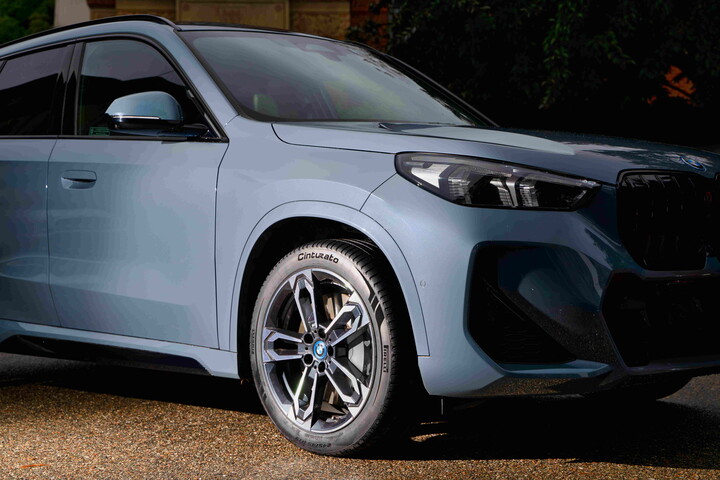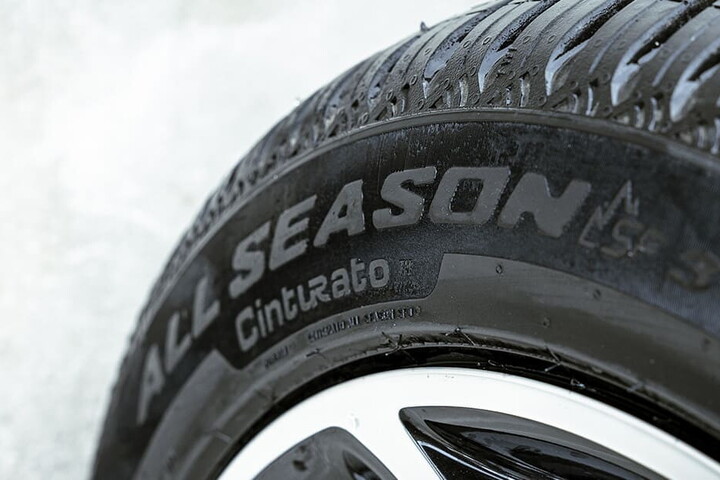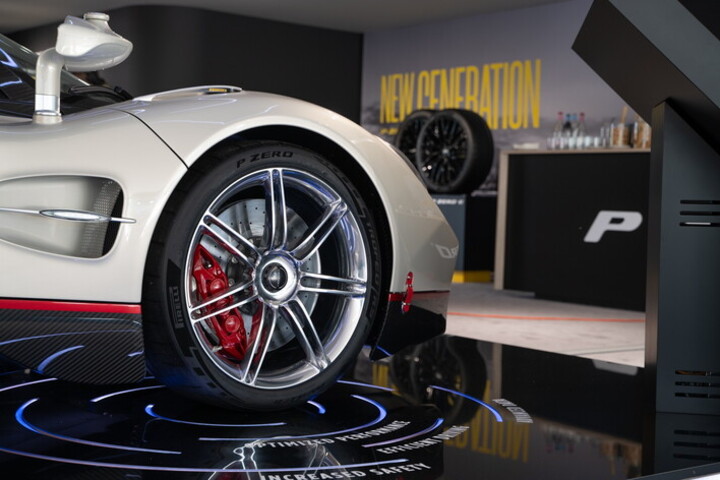Although not typical of all latitudes, landscapes and roads like these are the norm during the winter months in the countries of northern Europe, most of Russia and some parts of Canada. Tyres provided with what can only be described as claws are fitted in these parts of the world to ensure grip and performance on ice and snow. The Pirelli Ice Zero range tyres are made for these purposes and are engineered to combine grip, driving comfort, low noise, excellent braking and perfect traction for all cars, from conventional saloons to super sporty models and SUVs, with the extra bonus of having a low impact on the environment.
Read more: Racing... on ice

STUDS AND TECHNOLOGY
If you stop to think about what makes up a regular road tyre, you can easily guess the technical difficulties and uniqueness of a studded one. The process of inserting the studs into the rubber requires specific technology to guarantee the stability of the studs during tyre use and the best grip and traction performance at the same time. The purpose of the studs is to create friction with the road surface and other elements are exploited to enhance their effectiveness. In particular, the housing of the stud inside the tread is crucial for transferring friction to the tyre, so a compound that is not too soft is needed to improve stud retention. On the other hand, the arrangement of the studs on the rubber surface must strike the right balance between often conflicting requirements, such as traction or braking performance and rolling noise reduction. Pirelli engineers worked hard to develop a tyre with 190 studs grafted onto the rubber surface through a development process with 3D simulations aimed at augmenting braking efficiency and maximising safety. The Pirelli Ice Zero 2 range was created.

EXTREME RESEARCH AND TESTING
New digital technologies were used to optimise the time needed to develop these tyres and to be able to adapt quickly to automotive technology evolution by means of modelling processes and computerised simulations. These methods were also employed to predict the behaviour of the studs in detail to maintain excellent performance on even deep snow, which is a typical situation encountered by drivers in the parts of the world for which the product was designed. Digital simulation was not the only tool used. A fundamental part of the development strategy of a Pirelli studded tyre is to conduct real test missions on proving grounds, for instance, at Passo del Tonale, the closest site to Pirelli R&D headquarters in Milan, and at Flurheden in Sweden, with over 20 kilometres of snow and ice tracks, where over 100 days of testing can be carried out each season, allowing the manufacturer to drive more than 25,000 kilometres with more than 30,000 tyres.





